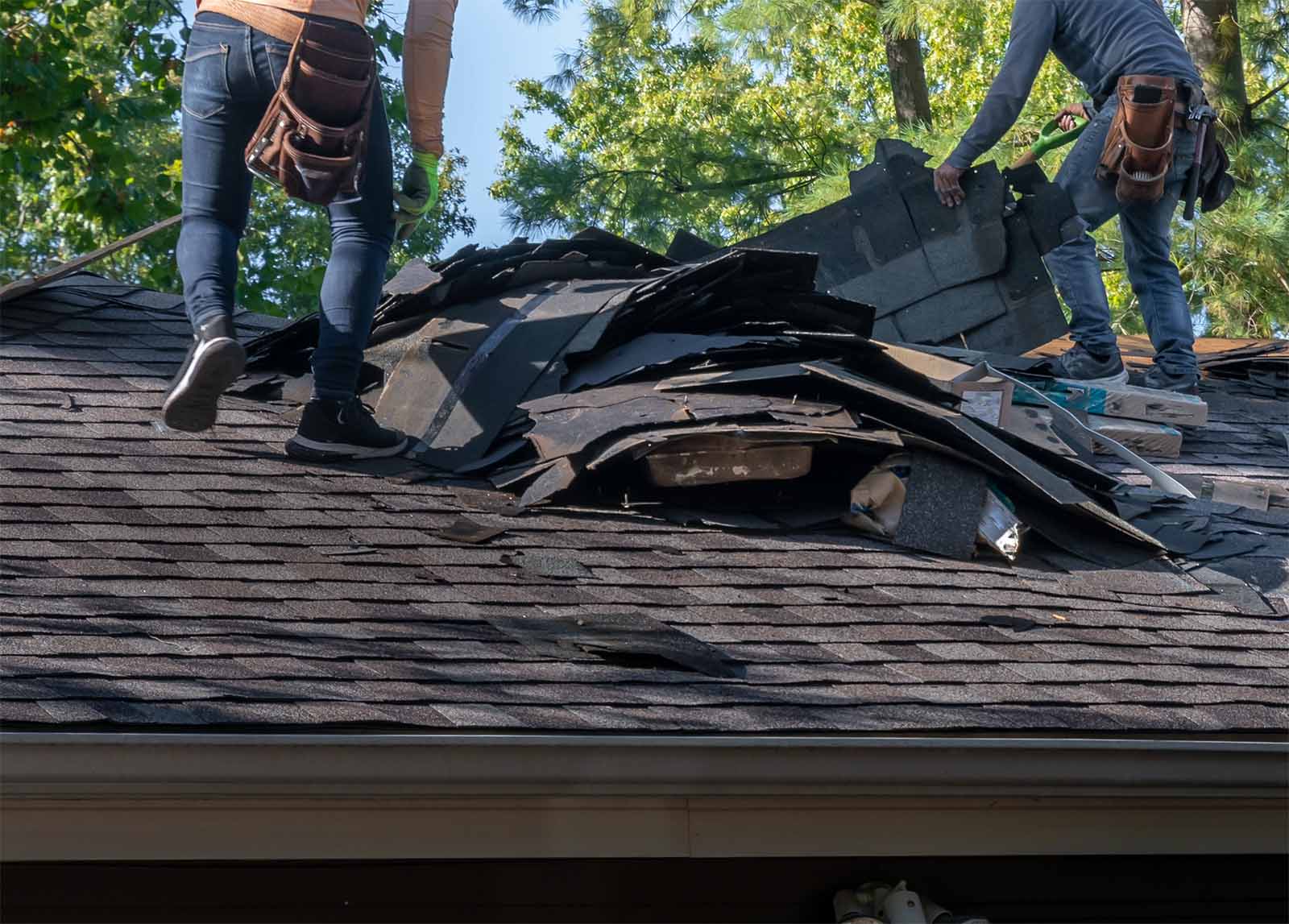When storm season hits Houston, it’s not just about stocking up on supplies and securing windows. Your roof is your home’s first line of defense against the elements, and ensuring it’s in top condition can make all the difference. In this comprehensive guide, we’ll explore essential roof repair tips to protect your home during Houston’s storm season.
Why Roof Maintenance is Crucial in Houston
Houston’s weather can be unpredictable, with thunderstorms, hurricanes, and heavy rain all posing significant threats. A well-maintained roof can withstand these elements, preventing leaks, water damage, and costly repairs down the line.
Conduct a Thorough Roof Inspection
Before the storm season starts, conduct a detailed inspection of your roof. Look for:
- Missing or Damaged Shingles: Replace any missing or damaged shingles to prevent leaks.
- Sagging Areas: These could indicate structural damage.
- Clogged Gutters: Ensure gutters and downspouts are clear to allow proper water drainage.
- Flashing Damage: Check around chimneys, vents, and skylights for loose or damaged flashing.
Essential Roof Repair Tips
1. Replace Damaged Shingles
Damaged or missing shingles are a gateway for water to enter your home. Use high-quality, storm-resistant shingles that can withstand strong winds and heavy rain.
2. Secure Loose Flashing
Flashing seals the joints in your roof, preventing water from seeping in. Ensure all flashing is secure and replace any that is loose or damaged.
3. Clean and Repair Gutters
Gutters play a vital role in directing water away from your home. Clean them regularly and repair any leaks or blockages to prevent water buildup on your roof.
4. Trim Overhanging Branches
Trees close to your home can pose a risk during storms. Trim any overhanging branches to prevent them from falling on your roof and causing damage.
5. Inspect Attic Ventilation
Proper attic ventilation can reduce moisture buildup and extend the life of your roof. Ensure your attic is well-ventilated to prevent mold and mildew growth.
DIY vs. Professional Roof Repair
While some minor repairs can be handled on your own, significant issues should be addressed by a professional roofer. Here’s a quick guide to help you decide:
- DIY Repairs: Replacing a few shingles, clearing gutters, and minor flashing repairs.
- Professional Repairs: Structural damage, extensive shingle replacement, and major leaks.
Preparing for a Storm
1. Schedule Regular Inspections
Regular roof inspections, especially before storm season, can catch problems early. Schedule a professional inspection at least once a year.
2. Emergency Roof Repair Kit
Keep an emergency roof repair kit handy, including tarps, roofing nails, a hammer, and roofing cement. This can provide temporary fixes until professional help arrives.
3. Review Insurance Coverage
Ensure your homeowner’s insurance covers storm damage. Understand your policy and keep your insurance information readily accessible.
After the Storm: What to Do
Once the storm has passed, it’s crucial to assess your roof for any damage:
- Conduct a Visual Inspection: Look for any visible damage from the ground.
- Check the Attic: Inspect your attic for signs of leaks or water damage.
- Contact a Professional: If you notice any damage, contact a professional roofer immediately to prevent further issues.
Stay Prepared and Protected
Houston’s storm season is no joke, but with proper roof maintenance and timely repairs, you can protect your home and keep your family safe. By following these essential tips, you’ll be better prepared to face whatever Mother Nature throws your way.
Houston Storm Season Roof FAQs for Homeowners
Q: How often should I inspect my roof?
A: Ideally, inspect your roof twice a year—once in the spring and once in the fall. Additionally, inspect it after any major storms.
Q: Can I perform roof repairs myself?
A: Minor repairs like replacing a few shingles or cleaning gutters can be DIY projects. However, for major repairs, it’s best to hire a professional.
Q: What should I do if my roof leaks during a storm?
A: Use a tarp to cover the leak temporarily and contact a professional roofer as soon as possible to address the issue.
Q: How can I tell if my roof has storm damage?
A: Look for missing or damaged shingles, dents in metal parts, leaks in the attic, and debris on the roof. If in doubt, have a professional inspection.
Q: What type of shingles are best for storm-prone areas?
A: Storm-resistant shingles made from materials like asphalt, metal, or composite are best for withstanding high winds and heavy rain.
Interesting External Links
- National Weather Service – Houston Storm Information
- FEMA – Preparing for a Storm
- Houston Roofing Contractors Association
By staying vigilant and proactive with these roof repair tips, you can ensure your home remains a safe haven during Houston’s storm season.


